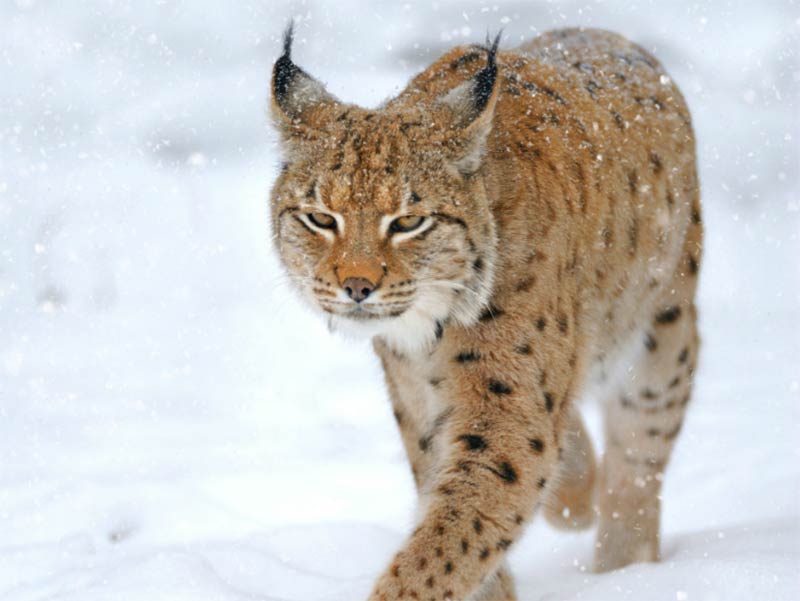Protecting Habitat for the Rare Canada Lynx
The critical habitat designation allows the service to protect lynx from harmful activities within areas that are crucial for the species' survival and recovery.
Clients
Regional Office / Program
Case Overview
The Canada lynx is a secretive forest cat that needs big, wild landscapes to survive. In February 2009, the U.S. Fish and Wildlife Service acted to conserve this rare species by designating 39,000 square miles of forest land as critical habitat for the lynx pursuant to the Endangered Species Act. The critical habitat designation, which encompasses lands in Washington, Idaho, Montana, Wyoming, Minnesota, and Maine, allows the service to protect lynx from harmful activities within areas that are crucial for the species’ survival and recovery.
However, snowmobile groups in Wyoming and Washington responded in May 2009 with a lawsuit that sought to nullify the critical habitat designation in the interest of allowing more snowmobile traffic within the lynx’s essential habitat. Representing six conservation groups, Earthjustice intervened in the new lawsuit to defend against the snowmobilers’ claims. In 2010, the Wyoming district court ruled in Earthjustice’s favor and rejected the snowmobilers’ arguments as to all aspects of the case except a small area of critical habitat in Washington. Subsequently, the Service has moved to address the Washington issue by proposing a revised critical habitat designation.

Case Updates
Case page created on September 11, 2009.